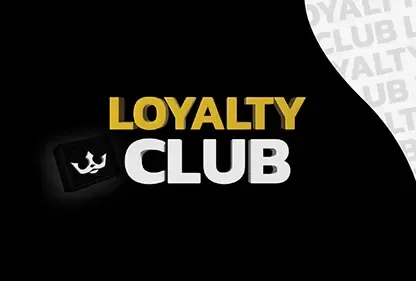Small business owners are constantly searching for new ways to attract and retain customers. To encourage customer loyalty, some companies create programs to reward customers who make repeat purchases.
Since acquiring new customers is at least five times more expensive than retaining them, customer loyalty programs can lead to increased profits for small businesses. Here’s how to get started with a loyalty program for your small business.
What is a Customer Loyalty Program?
A customer loyalty program rewards customers when they make purchases from a business. Customers can choose to participate. The more customers buy from the company, the more rewards they receive. For example, a loyal member might receive a free item for every 1 million Tomans spent.
There are various incentives you can offer participating customers. You can offer customers free products or services, discounts, or early access to products.
For participation, customers usually need to provide their contact information, such as email address, name, and phone number. You can decide how to structure the loyalty program. Some businesses distribute membership cards for use in future purchases.
So, how do you create a rewarding program?
How to Start a Loyalty Program
Creating a loyalty program can lead to increased sales, repeat customers, and higher net profits. When deciding to create a customer loyalty program, think about what works best for your business.
No two loyalty programs are the same. You want your small business loyalty program to benefit your company and also retain satisfied customers. Even after building a loyalty program, your work isn’t done. You should continue to measure the effectiveness of the loyalty program and make changes as needed.
To create your loyalty program, keep these points in mind.
1. Determining Enrollment Requirements for Loyal Customers
First, you need to plan how customers will enroll and participate in your loyalty program. You might decide to obtain their contact information at the point of sale. Or you might ask them to fill out a form.
Requesting contact information at the point of sale is an easy way to build your contact list. If you provide customers with a form and ask them to return it later, they may forget.
Next, choose a way to identify members. Here are some options you might consider:
Punch card
A scannable membership card
A mobile app
Providing a customer code
2. Attractive Rewards that Attract Customers
You want to offer customers a valuable reward that encourages them to return in the future. But you also don’t want to put your business at risk of high costs.
Again, here are some rewards you might consider:
Free goods or services
Price discounts
Early access to products
3. Deciding on a Point System
Another important part of creating a loyalty program is deciding how to structure it. How many visits or purchases should a customer make to win? Is one purchase equal to one point?
You need to decide on a points system. Here are a few examples:
1 purchase = 1 point and 10 points = reward
1 purchase = 100 points and 1000 points = reward
Reward for every 1 million Tomans spent
You can even create different loyalty levels. For example, Bronze, Silver, Gold, and Platinum. The more customers buy, the closer they get to the Platinum level and can earn more points.
You may want to use a simple and easy-to-remember points system. This will make things easier for both you and your customers.
4. Communicate with Customers, but Don’t Overdo It
When you obtain customer information through your loyalty program, use it to communicate. Send news about sales, discounts, or other news related to your business. But, don’t bombard them with information.
Customers sign up for loyalty programs to receive free goods or discounts at your business. Some also like to be in touch with you to be informed about upcoming sales and events. However, most don’t want to open several emails from your store or business daily.
Try to use less bulk email sending. For example, you might send a weekly email and inform customers about specific items for the week. Or you might only send emails when your company has a big sale.
5. Special Offers
Surprise your loyal members by giving them extra points on special days. For example, give them double points on purchases during holidays or special occasions. Publish your sales events on social media profiles, website, and through email marketing.





